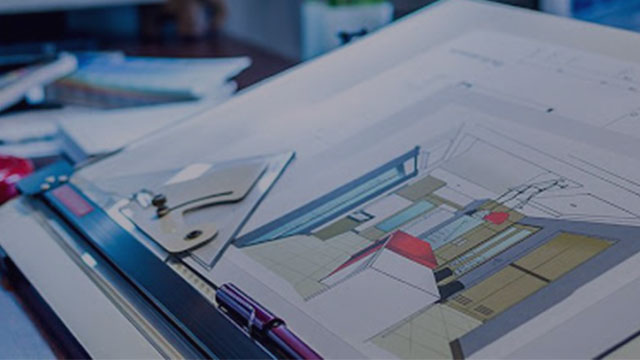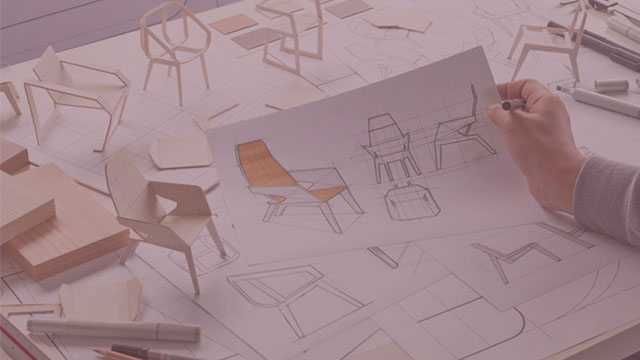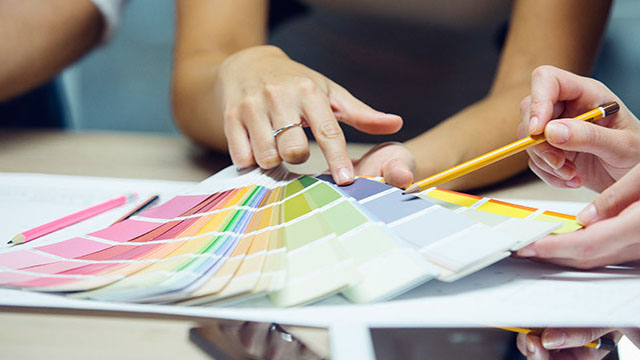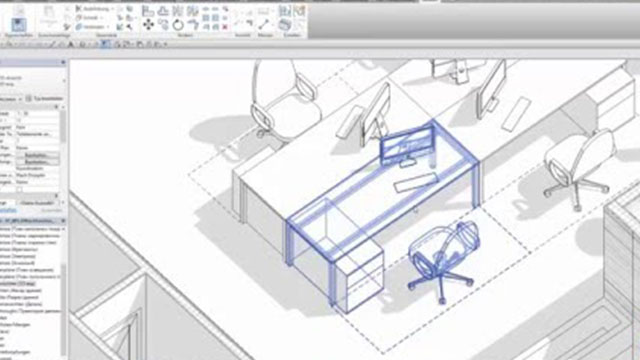Before choosing a career as an Interior designer, knowing the Interior design basic facts is imperative. With expeditious urban, social, and technological developments, people are cautiously evolving in lifestyle betterment pursuits. Moreover, the higher property rates produce compact spaces that need expert hands to meet the user’s space utilization goal. Furthermore, people are reckoning towards styles and themes that attain ergonomics and safety standards. Hence, the market trend conveys that Interior designers are the most demanding professionals.
The knowledge Interior design provide you

Interior design Structural aspect :
The overall concept of Interior designing comprises building code and ethics, safety and regulations, plumbing, and sanitization areas. Interior designers do not conduct load-bearing aspects of the building even though they know structural and material integrity. This helps designers guide contractors and carpenters before hammering or drilling the main structure. Such as ceilings or walls fixing channels and joints that support cabinetry and lighting.
Interior Decorative skills :
Interior designer boasts the knowledge of Interior decoration that pumps project aesthetics. The curriculum provides designers a good understanding of interior styles and themes, which is an essential aspect of decoration’s final process. Decorative concepts like Picking up furniture, curtains, and artifacts, suggesting colors and art pieces, and anything that accessorize space falls under the decoration stream. Although decoration does not involve any renovation and structural changes, many designers prefer to work as interior decorators.
Interior Design Safety & standards :
Interior designers must be well informed and responsible for life safety and fire safety regulations. A conscious approach while adopting interior components as per industrial standards is a must. Components such as lighting, furniture, finishes should meet the criteria as per the building code to ensures safety and hazards. For example, fire-resistant finishes to the rooms where fire can easily catch or anti-skid floorings to the wet areas.
Interiors are the most influential environment for users. Because humans spend most of their lives in different interior settings that affect their health and behavioral pattern. Interiors designers have to look at various aspects to contribute to health and functionality, such as lighting control, heat distribution, privacy needs, acoustical properties, air circulation, and adapting to environment-friendly materials.
Interior Designing Skills :
A designer must hold a good hand at designing skills that communicate ideas through drawings, sketches, and 3d visualizations. Additionally, he or she must be an efficient space planner in determining appropriate functional access between furniture and other interior elements. This avoids chaos and ensures proper evacuation during precarious situations. Furniture or product designing is again one of the disciplines of Interior studies, which develops An artistic approach in developing bespoke furniture pieces.
Budget & friendly approach :
Budget is the essential factor that the entire process goes around. The client, the project, and the scope would always be distinct and hence the budgetary factors. Therefore, interior designers should be smart enough to upgrade themselves with new economic substitutes and options openly to meet the client’s fiscal aspects without messing up with standards. Besides keeping up with the market trends, maintaining a solid relationship with the supplier, contractor, and client is essential for a designer, which aids in reaching complex design goals and challenges.
Career opportunity in Interior design :
Interior design is a field with unclear boundaries of professional possibilities. Due to widespread connected roots in many home improvement industries, Interior designer’s roles and responsibilities are huge. Therefore, interior designers have excellent authority over concepts and visualization, non-load bearing aspects, material integrity, lighting, and colors. As a result, the interior design domain provides numerous opportunities to choose according to personal interests and competencies.
When working independently on a project, an Interior designer is solely responsible for performing every aspect professionally. However, the colossal projects demand a collaborative execution with specialized professionals. Industries that are closely involved in upscaling spaces are the potential employers that often call interior designers. That opens the opportunity to enhance a particular aspect of their knowledge and interest. For example, an interior designer with a close interest in lighting terminology may choose the field of lighting. Or with complex design abilities may choose to be a product or furniture designer.
Interior Architecture

Planning strategies and knowledge about safety and sustainability open the door for interior designers to work with architects. Yet interior architecture is a much broader concept than interior designing. Therefore, to find a suitable position in this field, Interior designers have to take specialized training or internships.
Lighting Designer:

Lighting is more than selecting decorative luminaires. Moreover, it is a deeply rooted aspect that affects the user’s sensible conduct. Without proper knowledge about lighting, it’s onerous for designers to exhibit their project aesthetics. Professionals from the engineering and electrical division bring solid technical understandings. But the value-added services from interior designers carry design sensitivity to the projects. Interior designers understand lighting requirements for a particular space and determine aesthetics that suit styles and themes.
Furniture designer:

The interior designing program comprises history and developments throughout periods that mainly focus on architecture and furniture refinement in different styles. The study also includes anthropology, material overview, methods used to create furniture, and computer-aided drafting that combines function, comfort, and beauty. Hense, interior designers can lead as an associate furniture designer in giant furniture industries.
Colour consultant:

Colors, the most playful aspect in Interior designing, moreover it is the most exciting yet challenging process. Colors themselves hold the potential to upscale any space, enumerate freshness or stimulate emotional senses. Interior designers are cultured with color psychology and theory, which on the other hand makes them work as color consultants. Therefore, most paint companies prefer interior designers in developing color concepts that meet their client’s goals.
Interior draftsman:

Presentation is the most crucial stage that follows conceptual planning. In earlier days, hand-drawn technics were the only means to present Ideas before the client. Later with time, Computer-aided drawings become prominently accepted. BIM software skills are gaining demand for their accuracy, extraordinary time-saving abilities, and easy reconstruction methods. Therefore, interior Designers must accomplish 2D or 3D software skills that make their ideas more understandable during the presentation process. Software skills (BIM) provides Interior designers a determiner draftsmanship positions. The computer-aided design programs allow designers and clients to collaborate and communicate seamlessly. Most importantly, a designer ought to be smart enough to envisage his or her client’s goal, which could omit errors.
Interior decorator :
Interior decorator is a traditional term that is often used to represent interior designers. However, the functional scope of interior designers is far greater than interior decorators. Decorating is merely an aesthetic attribute of the process while designing deals with space and users’ functional aspects. Designers with proficiency in concepts and styles bring a notable impression to any decorating concepts.

Pingback: How to become an Interior Designer? - interiordesignguide.in